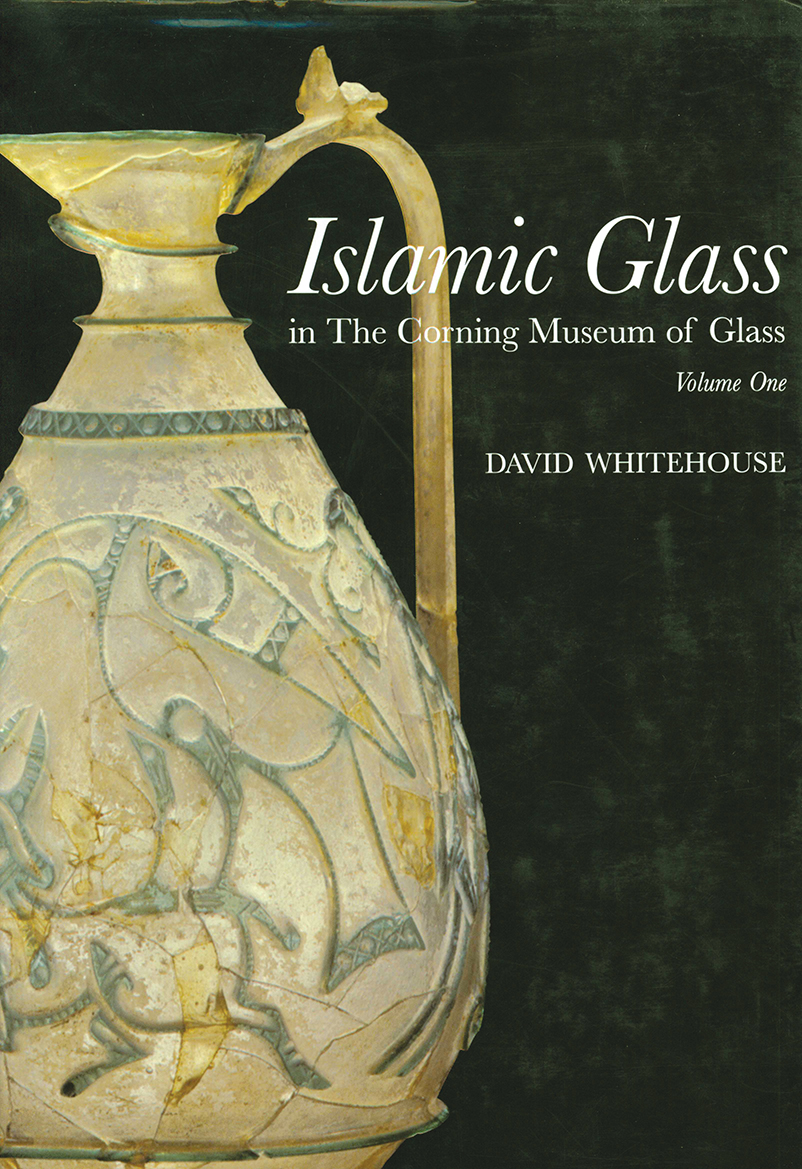
Islamic glass in The Corning Museum of Glass; Volume One, Objects with scratch-engraved and wheel-cut ornament
By
Publisher The Corning Museum of Glass in association with Hudson Hills Press
Pub Date 2010
Pub Location None
Isbn 9781555953553
Course(s)
Description
―Contains more than 595 objects beautifully photographed and published for the first time ―This first volume of a three-part series on rare early Islamic glass is of interest to art historians and scholars of Middle Eastern history The methods of finishing glass by cutting and polishing first began in the regions of the Mediterranean in the first and second century B.C. during the Roman Empire. Within the next 200 years, these finishing shops were also producing glass both cut and with details engraved into the surface. Another technique, wheel-cutting glass, was also practiced by the Romans and their contemporaries, the Sasanians, in Iran and Iraq. However, with the fall of the Roman Empire in the fifth century A.D. these methods all declined and eventually disappeared from the Mediterranean but were sustained in Western Asia. By the eighth and ninth centuries, both cutting and scratch engraving were part of the thriving repertoire of glassmakers in the central Islamic lands. In the extensive collection of cut and engraved glass presented in this volume, almost all the ornaments date between the eighth and eleventh centuries and trace their origin to present-day Egypt, Iraq, and Iran. The collection includes dishes, bowls, cups beakers, goblets, jars, pitchers, and ewers that have been newly cleaned and restored and show prevailing themes of plants, birds, and scenes from daily life. Together with an essay by David Whitehouse, executive director and curator of Ancient and Islamic Glass at The Corning Museum of Glass, this volume serves to illuminate and add to the study of the techniques and evolution of ancient glass in the Middle East.
|